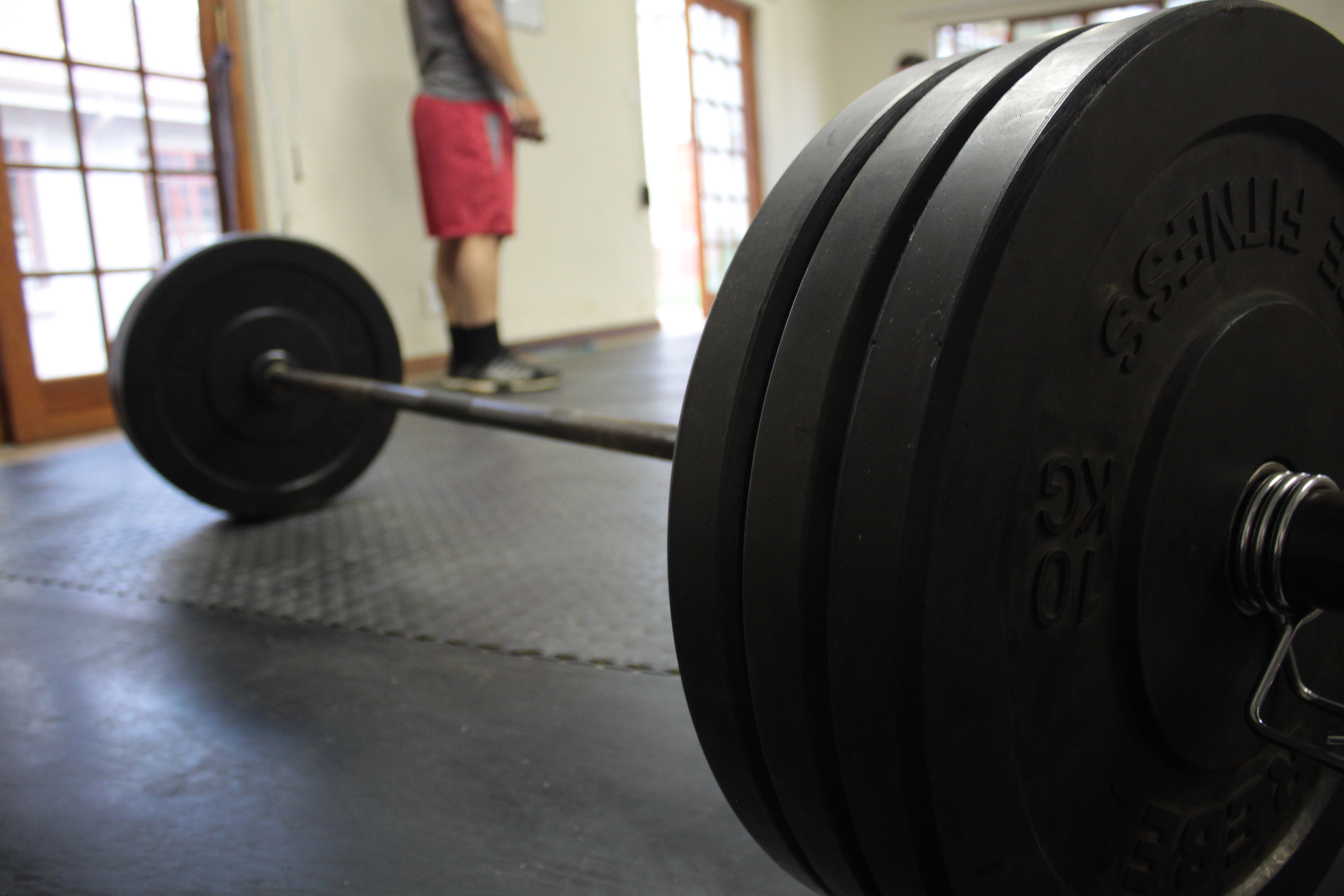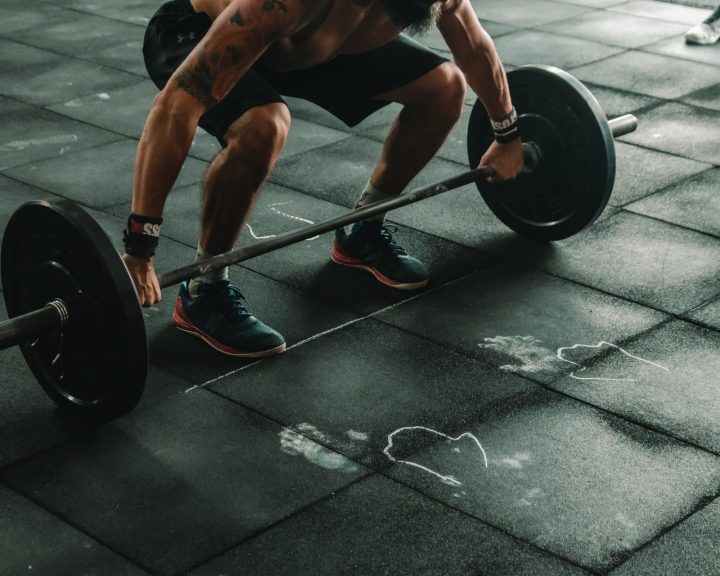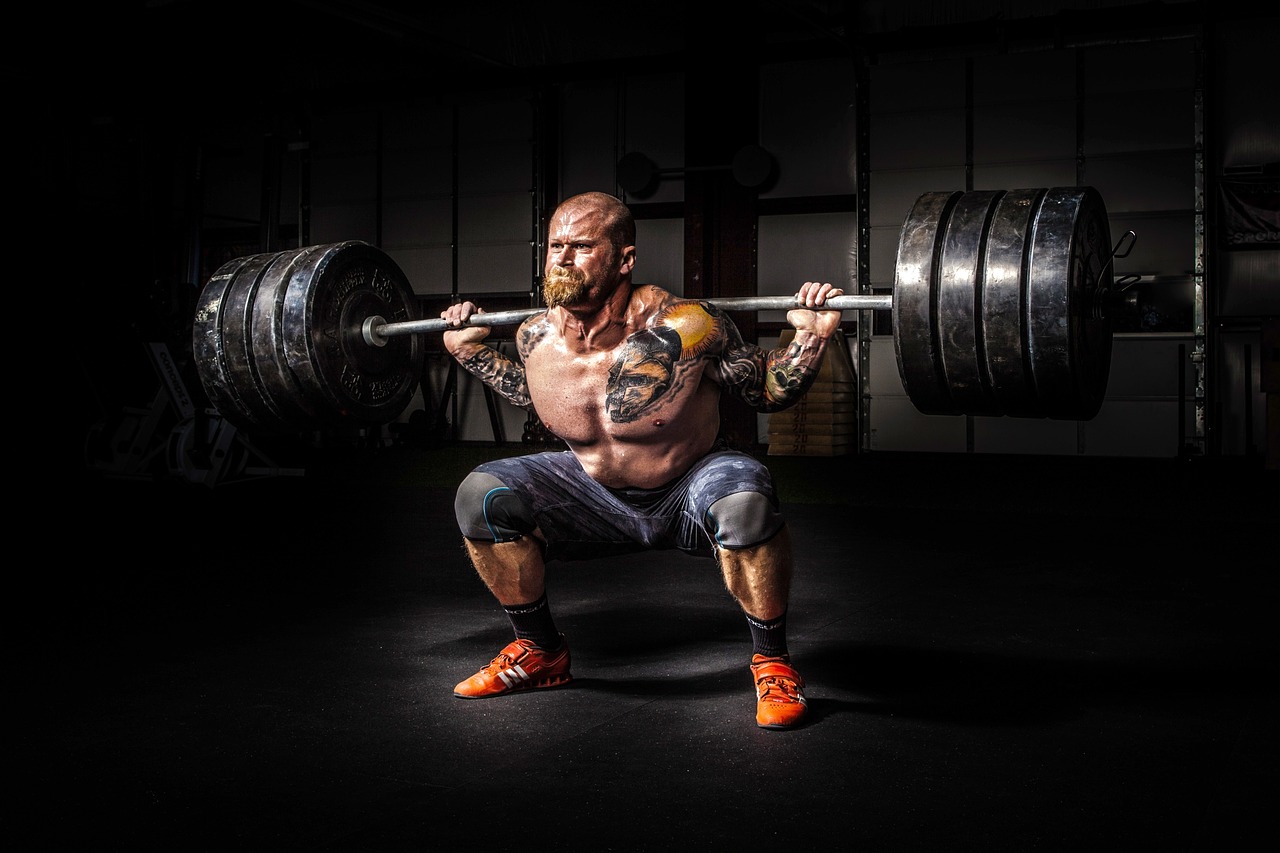For me, power is about the ability to express force quickly. I understand there are better definitions out there, but this is how I explain it to my athletes. Sometimes the purpose of a textbook writer is to classify things in new ways so that you purchase their book. If you consider power in light of that definition, then it is critical to the success of just about every type of athlete.
There are a lot of great gadgets to measure power in great detail that can provide feedback during a training session or after it, but these aren’t always things that a coach can access. Most of them require money, space, a technology infrastructure that you may not possess, or sports scientists. In addition, while they provide a great deal of information that information may not be truly useful in terms of sports performance or program design.
As a result, I still like to focus on the fundamentals with power training. In this blog, I’m going to cover some of my favorite tools and some thoughts about how they fit into a larger program.
- Get strong
I can’t emphasize this enough. If power is the ability to express force quickly, then the strength base has to be there. Athletes need to be training on the basic movements (squat, press, pull, row, hip extension) to develop total body strength. I like to emphasize this with at least one whole-body maximal strength training session each week to develop this foundation. If the athlete isn’t strong, they won’t have much power.
- The Olympic lifts
Most strength coaches are going to think of the Olympic lifts and their variations when it comes to developing power in the weight room. They have some serious advantages. First, you can increase the weight on them – that helps with the strength aspect. Second, they are total body exercises performed standing up – just like sports. Third, they have to be executed in about a second to a second and a half to be successful, so athletes will develop power.
I find that the competition version of the Olympic lifts (the squat variations) aren’t worth teaching to athletes because the time investment required in this isn’t worth any additional benefit that would be derived from them. So, I like to focus on the power variation (i.e. receive the bar in a quarter squat). I begin these by teaching the lifts from the hang, with the bar beginning at mid-thigh. Over about sixteen weeks I’ll lower that starting position until we’re starting from the floor.
Now, some athletes aren’t put together to do the Olympic lifts well. They might have broken a wrist previously and be unable to receive the bar properly during a clean. Like me, they may have injured an elbow previously and be unable to completely straighten their arm when snatching. In these cases, the clean and snatch pull exercises are fine to substitute. Keep in mind that these exercise include the explosive part of the lifts.
Having gone through all this, keep in mind that the Olympic lifts are not sport specific. We use different foot positions for football, basketball, and baseball (I don’t coach other sports so I cannot speak intelligently about them). The ready position for a baseball infielder and the three-point stance for a football lineman do not resemble the Olympic lifts. In addition, the bar velocity is slower than athletes move and the power production, while higher than squats and deadlifts, is not as high as athletes may experience in their sports. So, a coach has to make a decision that the tradeoff of time investment in these lifts is worth the return.
I like to devote at least one training session per week to the Olympic lifts. It usually consists of 3-4 exercises; one stanch variation, one clean variation, maybe a jerk, and a pull. Since I am not coaching Olympic lifters I will use barbells, dumbbells, and kettlebells. If I feel it is appropriate I may use the split lifts (i.e. split clean, split snatch, split jerk) and for high-level track and field athletes I may even use one-legged variations of the lifts, but those athletes have been training for a lifetime before we get to that point.
- Plyometrics
Plyometrics are different types of jumps. Horizontal and vertical. Plyometrics require us to learn to exert force quickly against gravity. This is an important ability for an athlete.
There is a relationship between horizontal jumping ability and the ability to sprint. This means that standing long jumps, triple jumps, jumps over hurdles for distance, jumps over boxes for distance, etc. are going to be important for athletes.
Now, a few words of caution about plyometrics. First, if you want sport specificity then play and practice the sport. The idea that there is a magical plyometric drill that will enhance your sport performance is pretty ludicrous, it’s marketing. Second, you need a strength base for plyometrics to be successful. Plyometrics are more effective for stronger athletes. Third, you have to spend the time up front teaching athletes how to land properly – don’t make any assumptions here. If you develop the motor learning patterns for landing correctly then you can minimize your risks of an athlete landing after a jump shot and tearing an ACL.
- Medicine ball throws
Medicine ball throws are another great tool that involves exerting force, quickly, against an external object. Done properly, these are also total body exercises. Now, there are a number of cautions with these. First, to be a power development tool the exercise has to be performed quickly. Many times athletes get sloppy with these exercises and just go through the motions, when that happens then we’re wasting our time. Second, there is no sport specificity with these. That’s fine, but this is a general tool and that ahs to be kept in perspective. Third, we all want to show off but when the medicine balls get too heavy then we slow down and get sloppy. While the equipment companies sell 100-pound medicine balls, our athletes aren’t going to use those to develop power.
Clearly there are other tools available to a strength and conditioning professional. But, I don’t think those are going to be very useful for a program until a foundation has been developed using the above.
All of these power development exercises have several things in common. First, they require a strength base. Second, the athlete has to move quickly during them to be developing power. Being sloppy and simply going through the motions is counter-productive. Third, they are all general tools. Others will argue this, but I don’t feel that any are sport specific. If you want sport specificity, play the sport. This is fine from a training standpoint, but keep it in perspective if you find that you’re spending a lot of time working on the catch position in the squat snatch (for example). At that point you have to question whether the transfer to the sport is worth your time investment.





1 thought on “Power Training: Critical But Keep It In Perspective”
Too many strength coaches seem to be more concerned with their athletes becoming a better Olympic lifters than training them to become better at their given sport. So much weight room time is wasted when the athlete could be spending time with a lesser skill component and a greater emphasis on gross motor patterns.
Comments are closed.